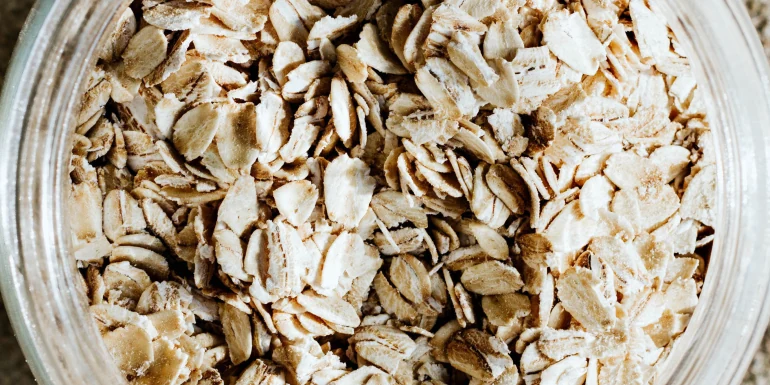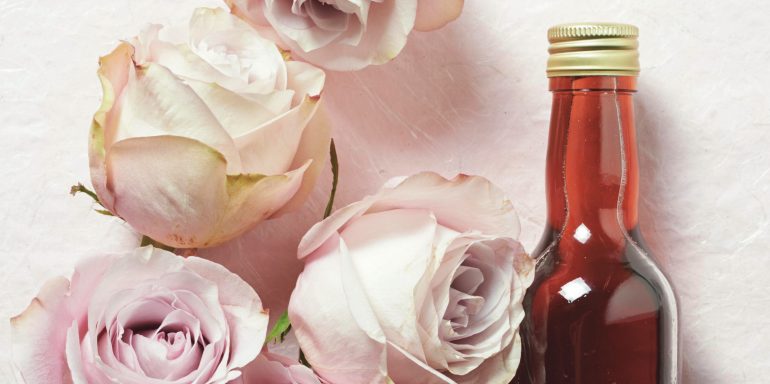
Pomegranate: Ruby red and bursting with energy
Pomegranates are a symbol of life and fertility. They can help to harmonise a woman's hormone balance during the menopause and slow down prostate growth in men, as well as stimulating blood circulation and boosting vitality.
«One on the outside, a thousand and one on the inside – what is this?» – the answer to this old Turkish riddle is, quite simply, the red fruit of the pomegranate tree. The multitude of seeds contained within the outer skin of the pomegranate epitomise the principle of birth – new life bursting forth after a long wait. Eating pomegranate has therefore long been associated with a sense of perpetual rebirth and eternal life.
Even back in the days of Ancient Greece, pomegranates were regarded as a symbol of vitality.The medical benefits of pomegranate have been scientifically proven in around 200 studies. These are largely based on results from laboratory tests and only fulfil the scientific requirements to a limited extent. Nevertheless, naturopaths recommend that older men and women take pomegranate in the form of juice, a mother tincture or seed oil to boost their energy and gain a new lease of life.
More effective than green tea
From a pharmacological point of view, the key element in a pomegranate is the polyphenols it contains. These protect the cell membranes – the casing around our cells – from aggressive influences and thus have an antioxidant effect. In fact, pomegranates are three to four times more effective as an antioxidant than green tea.
The fruit eases inflammation of the mucous membranes and inhibits the growth of microbes. Its seeds, juice and skin contain what are known as flavonoids – plant substances which work in a similar way to the female hormone oestrogen. The seeds are also rich in calcium, potassium, iron, vitamin C and valuable fatty acids, so they really are bursting with beneficial effects. Yet pomegranates have another talent hidden in the bark of their roots: this bark contains a low concentration of alkaloids and was therefore used as a worming treatment in the Middle Ages. Now it is only commercially available in combination with a Tibetan remedy.
Elixir, juice and mother tincture
Scientific studies claim that pomegranate also prevents arterial calcification (arteriosclerosis). It keeps the blood vessels clear of deposits and thus improves blood circulation. On top of this, it can also be used to control the hormone balance in women and prostate growth. Preparations containing pomegranate work at different rates. Anyone wishing to benefit from the fruit's long-lasting effects is advised to take it as part of a treatment regime.
Nowadays, pomegranate is often consumed in the form of a high-quality elixir or juice. Compared to costly elixirs, pomegranate in its mother tincture form is considered less strong. Vaginal administration in the form of a pessary helps to balance out moisture levels in that particular area, while pomegranate taken as a spagyric remedy provides general relief during the transition to old age.
Family
Lythraceae
Appearance
Pomegranate trees can grow up to five metres tall and live for several hundred years. They are unassuming, slow-growing plants that thrive in hot, dry climates. The branches can be thorny, while the leaves are narrow, long, glossy and threaded with red veins. The trumpet-shaped flowers are large and may be white, yellow, orange or red in colour, depending on the location. The round, apple-sized fruit is initially red before its skin turns a leathery brown.
Location
Originally found in western and central Asia. In Europe, it grows in areas with a hot, dry climate such as Valais and Ticino in Switzerland as well as Italy, Portugal and Spain.
Harvest time (fruit)
Late August to late October (Mediterranean area)
Use
- Pomegranate juice: The effective dose is currently defined as containing 600 mg of extract. This corresponds to half a glass to a full glass of high-quality pomegranate juice or 10 to 20 ml of pomegranate elixir.
- Seed oil: This is used in the form of a suppository to control moisture levels in the vagina.
- Bark of the trunk and roots: This contains vermicidal tannins and alkaloids. In Switzerland, it is used in combination with a Tibetan remedy to treat digestive problems.
- Mother tincture: 20 drops are taken once or twice a day to relieve the symptoms of menopause.
- Spagyric remedies: Three puffs are sprayed directly into the mouth three times a day.



Newsletter
Find out more about current health issues every month and get all the information you need about our attractive offers from all Helsana Group companies * delivered by e-mail to read whenever it suits you. Our newsletter is free of charge and you can sign up here:
We did not receive your information. Please try again later.
* The Helsana Group comprises Helsana Insurance Company Ltd, Helsana Supplementary Insurances Ltd and Helsana Accidents Ltd.